Le Phong is a famous investigative journalist in a fictional newspaper called Thoi The with many unusual qualities.
1. The detective (or investigative) reporter story "Le Phong" is not long, only about 100 pages printed in 21x23 cm size, divided into many segments, each segment is only about 8-10 printed pages, the longest is 16 pages. The story is about the role of a reporter investigating a murder case in Phu Lang Thuong a century ago. Although the case is called mysterious, looking back now, it seems normal, so there is no need to tell it again.
A noteworthy detail is that besides investigating a death that took place at night, in addition to the complicated procedures that are inherent in the courtroom, the private investigation role of a responsible journalist like Le Phong brought about quick results. The perpetrator himself also thought that it would be difficult to expose, so he just let it go…
Thế Lữ - with the experience of a boy who lived away from his mother for many years in the mountains and the skills of a veteran writer - led the story quite coherently, with many attractive details that captivated readers at that time. However, perhaps the author's intention, as mentioned above, was through a case, through the "forest road" genre story and the multicultural characters - including Vietnamese, Western officials, and people of Chinese origin - he wanted to focus on the qualities that a reporter needed in the context of the budding national language journalism in the 1930s and 1940s.
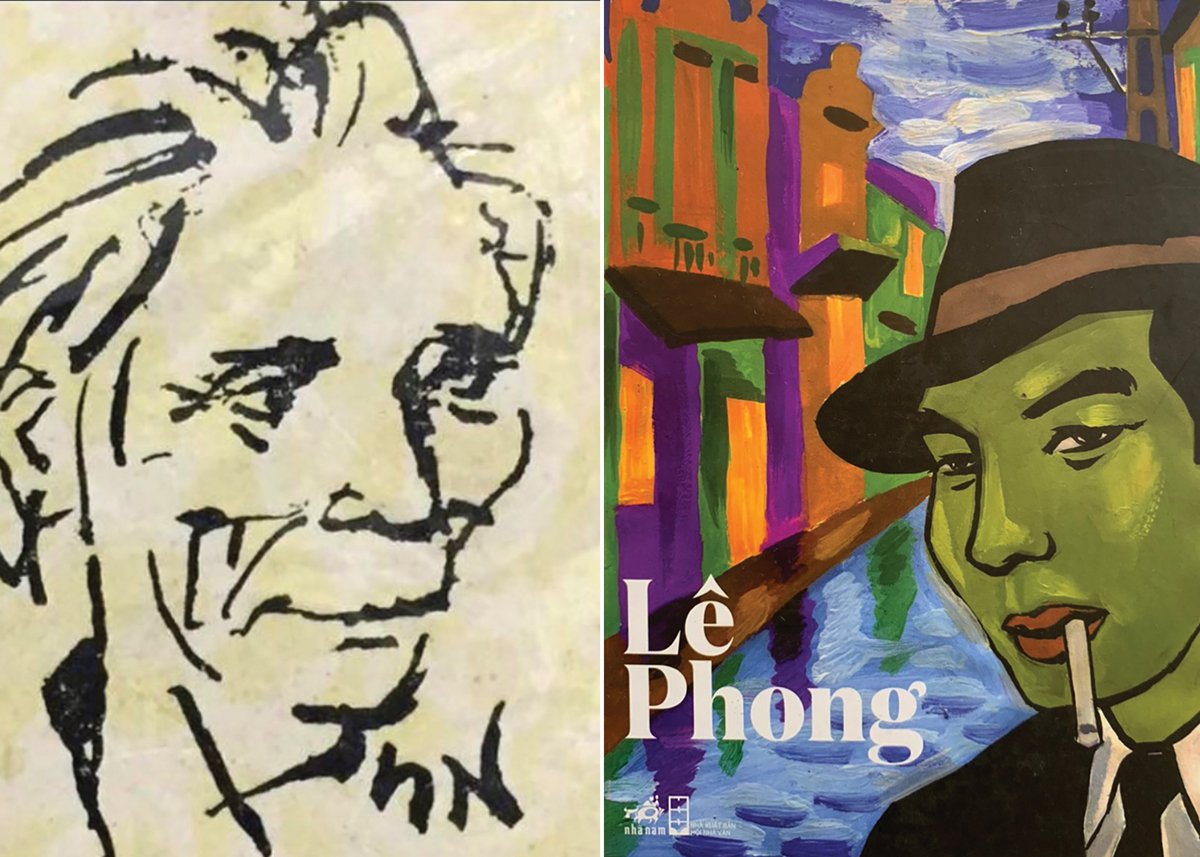
Writer The Lu and the work "Le Phong"
2- Le Phong stormed into the Thoi The newspaper office, proactively met the editor to present his desire to become a reporter. Being avoided and then harshly rejected (the newspaper office was not open to everyone, page 14), he did not give up the intention of only working for that newspaper and requested to try it out and then he would know...
When the editorial office saw that the article was urgently needed - because it was censored and had to be dropped at the last minute, Le Phong appeared and asked to write a test article, but unexpectedly the article was approved for publication. The editor immediately sent him away to investigate an opium case. New to the profession, without a camera, Le Phong sketched the arrested opium dealers. The article was attractive with strange and vivid sketches. And, Le Phong got the job.
Le Phong "has a delicate, meticulous look and an unusual way of working". His delicate look helps him reason logically and judge unexpected situations that ordinary people or bad reporters do not have that skill. Just from a cigarette butt and a bunch of torn hibiscus leaves nearby, Le Phong guessed that a couple had just left. Just from a printing house broker with mud stains on his shirt after the rain, Le Phong guessed where that person came from to the editorial office. From a few ink stains in the office, on the calendar in the editor's room, Le Phong found the culprit who stole the newspaper's money...
The most interesting thing was watching reporter Le Phong at work. Any newspaper that published an article before Le Phong's Thoi The made him angry and self-deprecating. He had to go to the scene immediately, investigate again and write better than them.
Le Phong went out into the street, playing many roles with different costumes and different ways of speaking. He knew many people, from policemen to newspaper and snack vendors, from rickshaw drivers to casino guards... "The thing I most feared was not letting them know that I was a journalist. They were a very quick source of information, communicating with them was useful to an unknown extent..." (pages 32-33).
Le Phong used to sneak into opium dens, casinos, and cheap restaurants. He was once harassed by a drunk rickshaw driver; he spent half a month wearing oil-stained clothes, hanging out with workers to write reports about them. "Every time he was sent far away to do a long investigative report, Le Phong was as happy as a fish in water and as solemn as a soldier about to go to battle" (page 34). But when he heard the wishes of "safe travels", Le Phong did not agree. "A reporter who has a safe journey is an unlucky reporter... I like it when you wish him nothing but bad luck, difficulties and troubles, and even better, kidnapping..." (page 35).
While investigating a murder case, Le Phong unexpectedly encountered an opportunity, and used French to convince the police and doctors to let him follow. When he was refused, he followed their car to get there. He even asked the children to pass on the information. He sat on the train and wrote so that his articles could be printed and reach readers as soon as possible. He went hungry and crossed the forest for 15 days to find traces of gun and opium smugglers. "Enduring so much suffering and bringing back this much material (for this newspaper) is already very happy!". He could read Chinese characters, so he knew whose knife was used to commit the crime... In general, a good reporter must know one or two foreign languages!
3 - After 30 years of professional journalism, I have witnessed reporters applying to work in "sewer cleaning" teams in environmental sanitation units, applying to work in sanitation teams in hospitals, participating in carrying goods across the border or working in illegal gold mines to have tear-jerking reports. Therefore, I understand The Lu even more.
Thế Lữ borrowed Lê Phong's words to say: If you are not moved, not nervous, not moved to tears when writing, how can your readers be moved? Before your eyes, before the newspaper page, you must always think of your readers...
Those words were written by Thế Lữ in 1942, that is, 80 years ago, through a journalist named Lê Phong. If they are not his heartfelt words for the country's journalism profession, then what are they?
Reading the past and reflecting on today's world is also the not-in-need work of every journalist!
(*) Le Phong, The Lu, Doi Nay Publishing House, Hanoi , 1942
Source


![[Photo] Prime Minister Pham Minh Chinh holds talks with Prime Minister of the Kingdom of Thailand Paetongtarn Shinawatra](https://vphoto.vietnam.vn/thumb/1200x675/vietnam/resource/IMAGE/2025/5/16/23b5dd1e595d429491a54e3c1548fb79)


![[Photo] Welcoming ceremony for Prime Minister of the Kingdom of Thailand Paetongtarn Shinawatra on official visit to Vietnam](https://vphoto.vietnam.vn/thumb/1200x675/vietnam/resource/IMAGE/2025/5/16/cdd9e93739c54bb2858d76c3b203b437)


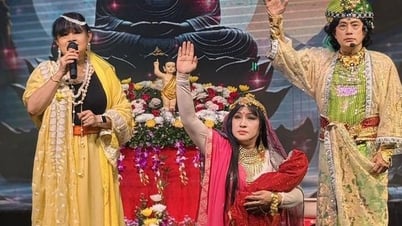






















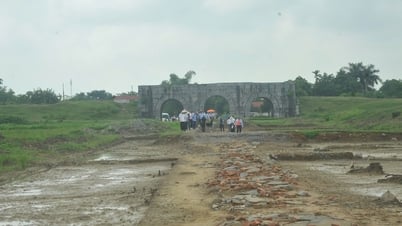



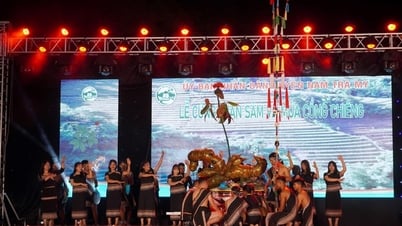


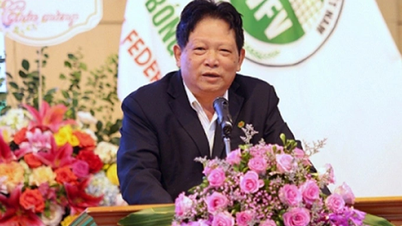

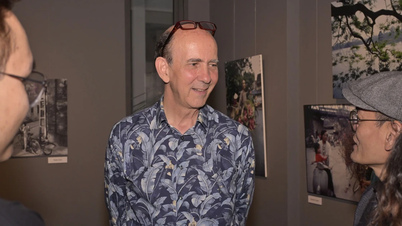

















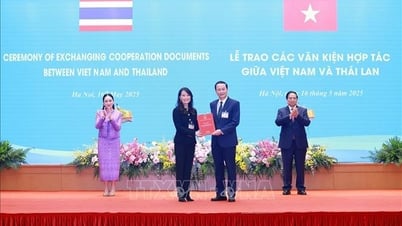








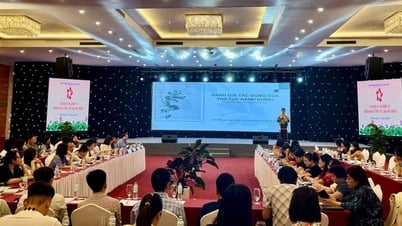





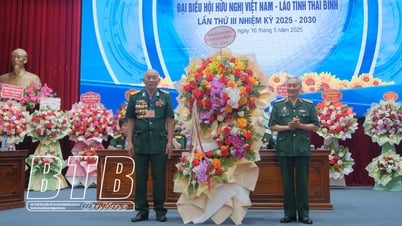
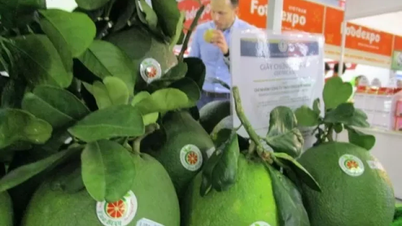




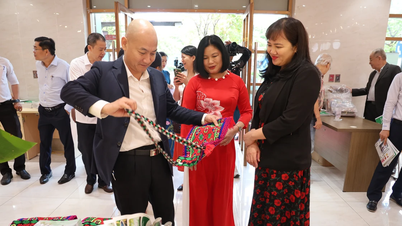


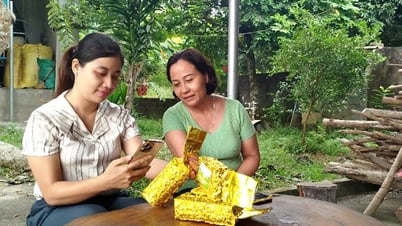

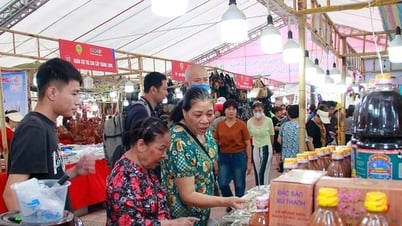



Comment (0)